A QSL card is a written confirmation of either a two-way radio communication between two amateur radio stations; a one-way reception of a signal from an AM radio, FM radio, television or shortwave broadcasting station; or the reception of a two-way radio communication by a third party listener. A typical QSL card is the same size and made from the same material as a typical postcard, and most are sent through the mail as such.
QSL card derived its name from the Q code “QSL”. A Q code message can stand for a statement or a question (when the code is followed by a question mark). In this case, ‘QSL?’ (note the question mark) means “Do you confirm receipt of my transmission?” while ‘QSL’ (without a question mark) means “I confirm receipt of your transmission.
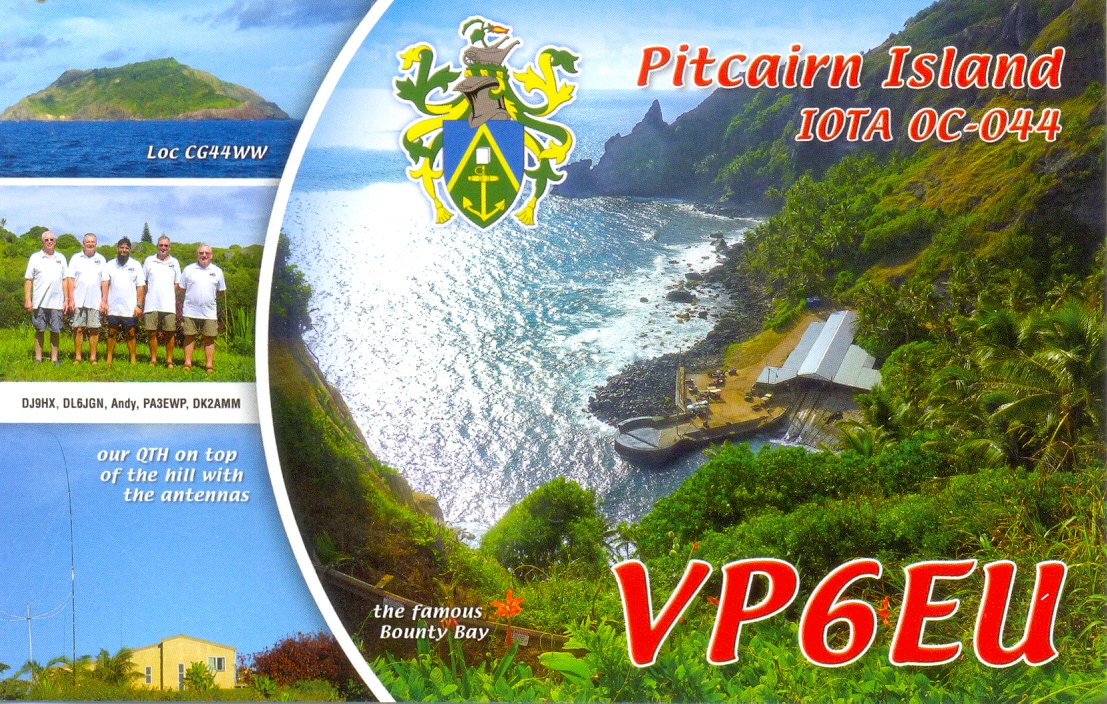
During the early days of radio broadcasting, the ability for a radio set to receive distant signals was a source of pride for many consumers and hobbyists. Listeners would mail “reception reports” to radio broadcasting stations in hopes of getting a written letter to officially verify they had heard a distant station.
As the volume of reception reports increased, stations took to sending post cards containing a brief form that acknowledged reception. Collecting these cards became popular with radio listeners in the 1920s and 1930s, and reception reports were often used by early broadcasters to gauge the effectiveness of their transmissions.[2]
The concept of sending a post card to verify reception of a station (and later two-way contact between them) may have been independently invented several times. The earliest reference seems to be a card sent in 1916 from 8VX in Buffalo, New York to 3TQ in Philadelphia, Pennsylvania (in those days ITU prefixes were not used). The standardized card with callsign, frequency, date, etc. may have been developed in 1919 by C.D. Hoffman, 8UX, in Akron, Ohio. In Europe, W.E.F. “Bill” Corsham, 2UV, first used a QSL when operating from Harlesden, England in 1922.[3]

Amateur radio operators exchange QSL cards to confirm two-way radio contact between stations. Each card contains details about one or more contacts, the station and its operator. At a minimum, this includes the call sign of both stations participating in the contact, the time and date when it occurred (usually specified in UTC), the radio frequency or band used, the mode of transmission used, and a signal report.[4] The International Amateur Radio Union and its member societies recommend a maximum size of 3½ by 5½ inches (140 mm by 90 mm).[5]

THE ARRL OUTGOING QSL SERVICE
Exchanging paper QSL cards to confirm a two-way contact is a tradition that dates back to the beginning of Amateur Radio. Today, many amateurs prefer to confirm QSOs electronically with Logbook of The World (LoTW), however there are those who like to swap paper cards.
Exchanging QSL cards directly with your QSO partner can be very expensive. If you calculate the cost of postage to send an envelope overseas, plus any money enclosed to cover the return postage, a single QSL card request can cost up to five dollars or more.
Confirming QSOs electronically through LoTW is a rapid and cost-effective way to earn QSO credit for awards, but for the paper card collector, the QSL Bureau offers an alternative to the direct QSL method. To use this service, you only need to provide proof of ARRL membership and pay the fee according to the schedule below. Cards sent via the Bureau are sorted by the Outgoing QSL Service staff, who handle approximately 700,000 each year. Cards are shipped from HQ on a quarterly basis. The Service ships QSL cards to QSL Bureaus throughout the world, which are typically maintained by the national Amateur Radio Society of each country. (Please be advised that the ARRL QSL Service cannot be used to exchange QSL cards within the 48 contiguous states [US to US].) Sending QSL cards via the Bureau takes a little longer than mailing them directly, but keep in mind that what you might lose in speed is more than made up in the convenience and savings of not having to address and mail each QSL card separately. You may also send QSLs via the bureau to any QSL manager who manages a non-US call sign. However, you must look up the QSL manager and clearly indicate the QSL manager’s call sign on your outgoing card.
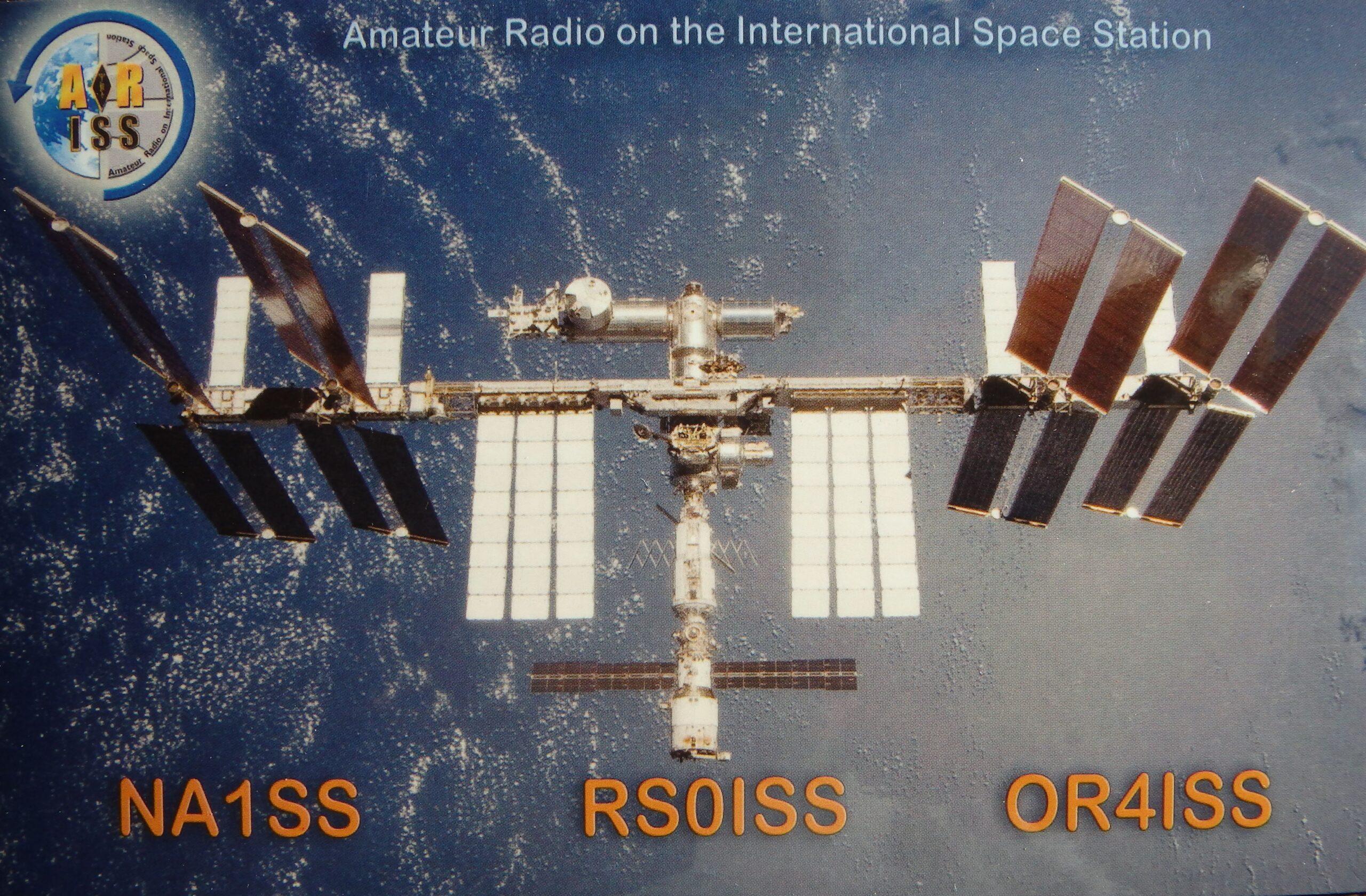
Incoming QSL Bureau Introduction
Within the US, the ARRL DX QSL Bureau System is made up of numerous call-area bureaus that act as central clearing houses for QSL cards arriving from foreign countries. Volunteers staff these “incoming” bureaus. The service is free; ARRL membership is not required. (Canadian amateurs can use the Radio Amateurs of Canada’s incoming QSL bureau.) How the System Works: Most countries have “outgoing” QSL bureaus that operate in much the same manner as the ARRL Outgoing QSL Service The member sends his cards to his outgoing bureau where they are packaged and shipped to the appropriate countries.
A majority of the DX QSLs are shipped directly to the individual incoming bureaus where volunteers sort the incoming QSLs by the first letter of the call sign-suffix. One individual may be assigned the responsibility of handling from one or more letters of the alphabet. All incoming QSL Bureaus have email addresses. Some Bureaus have active web pages. Information for all of the US incoming QSL bureaus is listed below.
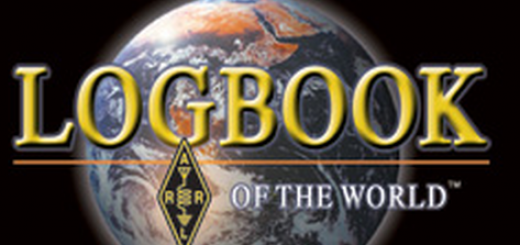
LOG BOOK OF THE WORLD
Logbook of the World (LoTW) is a web-accessed database provided by the American Radio Relay League (ARRL) to implement a contact verification service among amateur radio operators. Using LoTW, radio amateurs (hams) can claim and verify contacts (QSOs) made with other amateurs, generally for claiming credit for operating awards, such as DXCC. This kind of verification formerly required exchange of paper QSL cards and submission to ARRL, a slow and somewhat expensive process. LoTW began operation in 2003. As of February 2021, more than 270K QSL records have been processed via LoTW….(See below)

Example of LoTW page, for checking a specific QSO made and submitted
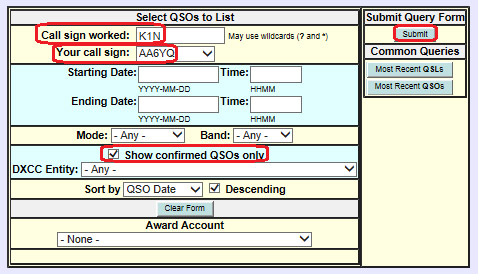
Most logging programs such as DX Keeper, Ham Radio Deluxe, etc. etc. will allow the operator to upload QSO’s from his/her computer logging software, into the LoTW data base.
Another example of an Award summary off the LoTW user page, reflects status of CQ Worked All Zones Award. See below:
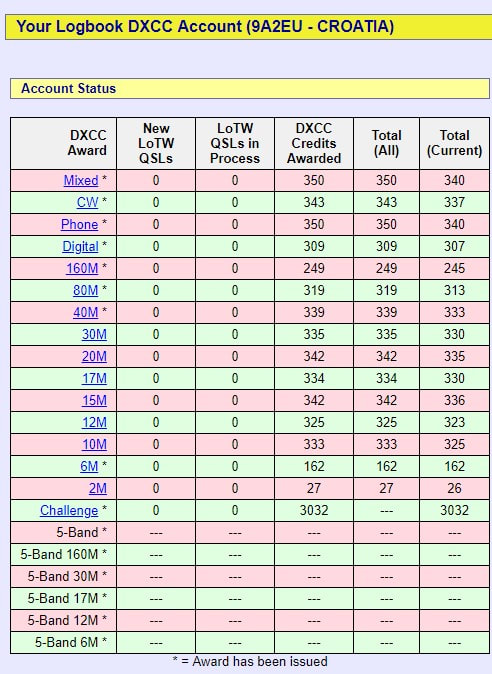
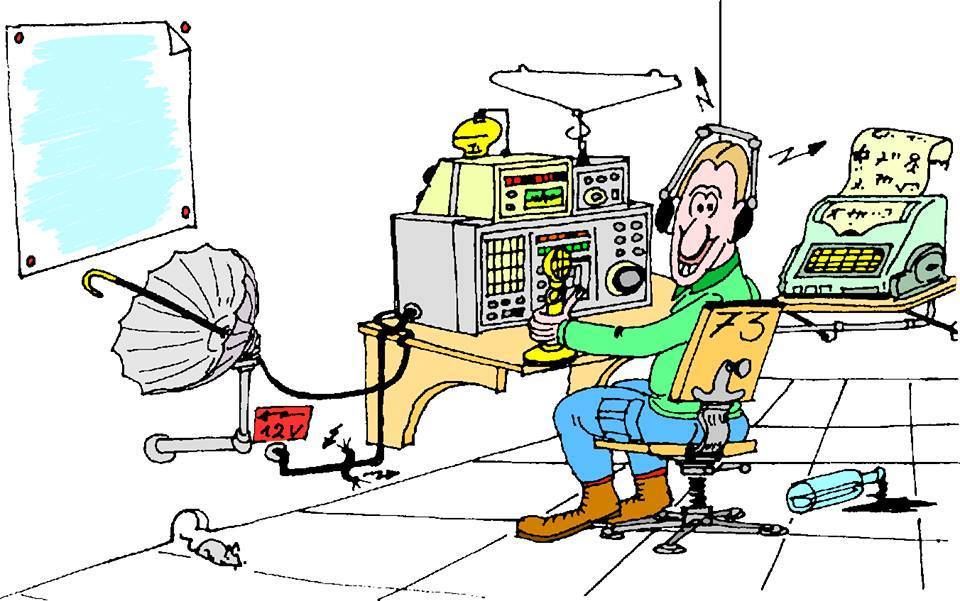
eQSL
Is the first and only global electronic QSL card exchange for amateur radio operators and SWLs. It is designed to be the fastest, easiest, and cheapest way to exchange QSO confirmations, eliminating the cost and time that regular QSL cards have required for the past half century. With a larger membership than the entire ARRL, eQSL.cc is THE place where everyone exchanges QSLs quickly and easily. It has also become one of the largest awards organization for amateur radio with over 270,444 eAwards issued. Unlike LoTW, eQSL does not require the rigid validation of station location, and alignment of operator and station.

Club Log is a web-based application that analyses log files from radio amateurs all over the world. Using the logs, Club Log offers you a wide range of reports for your own benefit, and identifies large scale trends from the sum of all activity in the database.
If you participate in Club Log by uploading your log you will receive:
- Personal DXCC reportsand league tables
- Detailed analysisof your log, using researched DXCC information
- Zone chartsfor your log, again based on detailed research
- A personal timelineof your activity (DXCCs per year, band and mode info)
- Your own log search tool, eg. to link from your web page or QRZ profile
- A filtered DX Clusterwhich only tells you about DX you still ‘need’
- A say in the Club Log most wanted report: your log is part of the trend data
- Access to propagation and activity predictions, using everyone’s logs
- QSL suggestionsto help you send out just the cards you need
- OQRS(Online QSL Requests) to make direct and bureau QSLing faster and easier
- Live Streamsto make it engaging and interactive to work DXpeditions
- Satisfaction from taking part in and improving a free DXing resource.
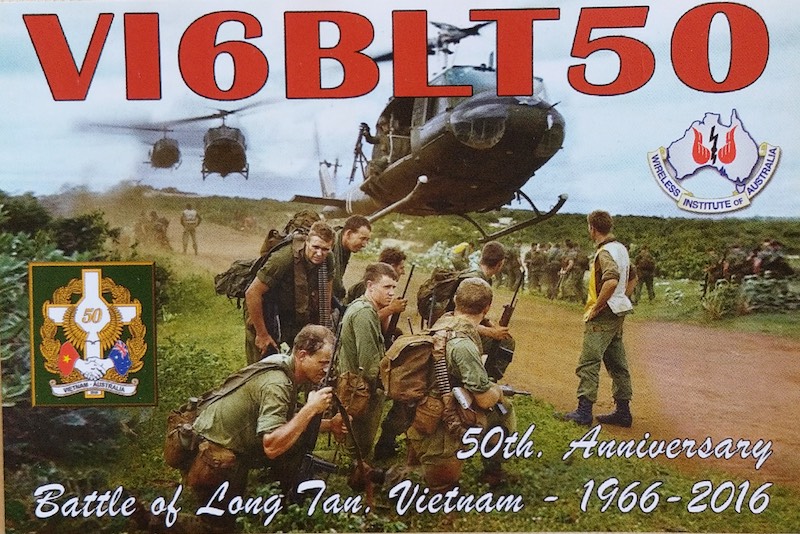

Recent Comments